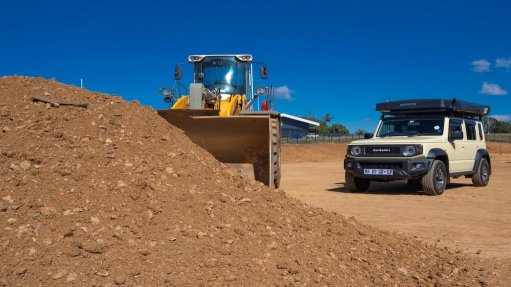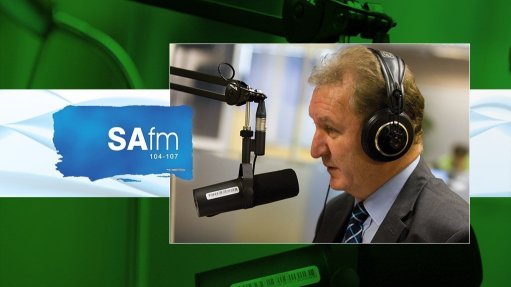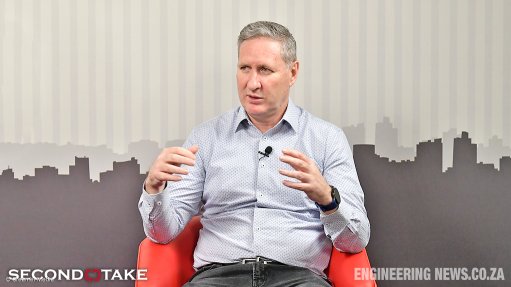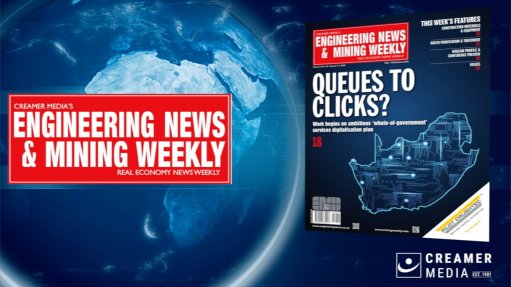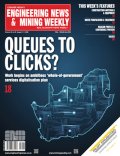Satellites successfully used to count wild elephants
A team of scientists from British and Dutch universities have, for the first time, used satellite imagery combined with ‘deep learning’ (data processing artificial intelligence) to successfully count large animals in complex and varied terrestrial landscapes. Previously, this approach had been used only to count marine mammals.
The animals selected were elephants, chosen precisely because they are the largest land animals. The project made use of high-resolution imagery from the Worldview 3 and Worldview 4 satellites, and the elephants were observed, identified and counted as they moved through and between grasslands and forests.
The project was a joint effort between the Universities of Bath and Oxford in the UK and of Twenthe in the Netherlands. The algorithm that allowed the detection and counting of the animals was developed by University of Bath computer scientist Dr Olga Isupova. The other members of the research team were Professor David Macdonald and Dr Steven Reece from Oxford and Professor Tiejun Wang and PhD student Isla Duporge from Twenthe. Duporge designed the study as part of her PhD research.
“This type of work has been done before with whales, but of course the ocean is all blue, so counting is a lot less challenging,” pointed out Isupova. “As you can imagine, a heterogenous landscape makes it much harder to identify animals.”
The results of the project showed that the technique produced results as accurate as those obtained by human observers in low-flying planes counting individual elephants. ”Accurate monitoring is essential if we’re to save the species,” she highlighted. “We need to know where the animals are and how many there are.”
Counting from aircraft disturbs the animals and takes much longer than satellite overpasses. Earth observation satellites can collect imagery covering more than 5 000 km2 within minutes, which eliminates the danger of double counting. Should the target area be obscured by cloud, the survey can be done the following day, on the satellite’s next overflight.
African savannah elephants are classified as endangered (although some populations, particularly in Southern Africa, are regarded as secure), with about 415 000 of them left in the wild. The number of Asian elephants left in the wild is only about 40 000 to 50 000, so they are also endangered, with no populations regarded as secure.
But of course many other species are also endangered. “We need to find new state-of-the-art systems to help researchers gather the data they need to save species under threat,” she affirmed.
“Satellite imagery resolution increases every couple of years, and with every increase we will be able to see smaller things in greater detail,” noted Isupova. “Other researchers have managed to detect black albatross nests against snow. No doubt the contrast of black and white made it easier, but that doesn’t change the fact than an albatross nest is one-eleventh the size of an elephant.”
Comments
Press Office
Announcements
What's On
Subscribe to improve your user experience...
Option 1 (equivalent of R125 a month):
Receive a weekly copy of Creamer Media's Engineering News & Mining Weekly magazine
(print copy for those in South Africa and e-magazine for those outside of South Africa)
Receive daily email newsletters
Access to full search results
Access archive of magazine back copies
Access to Projects in Progress
Access to ONE Research Report of your choice in PDF format
Option 2 (equivalent of R375 a month):
All benefits from Option 1
PLUS
Access to Creamer Media's Research Channel Africa for ALL Research Reports, in PDF format, on various industrial and mining sectors
including Electricity; Water; Energy Transition; Hydrogen; Roads, Rail and Ports; Coal; Gold; Platinum; Battery Metals; etc.
Already a subscriber?
Forgotten your password?
Receive weekly copy of Creamer Media's Engineering News & Mining Weekly magazine (print copy for those in South Africa and e-magazine for those outside of South Africa)
➕
Recieve daily email newsletters
➕
Access to full search results
➕
Access archive of magazine back copies
➕
Access to Projects in Progress
➕
Access to ONE Research Report of your choice in PDF format
RESEARCH CHANNEL AFRICA
R4500 (equivalent of R375 a month)
SUBSCRIBEAll benefits from Option 1
➕
Access to Creamer Media's Research Channel Africa for ALL Research Reports on various industrial and mining sectors, in PDF format, including on:
Electricity
➕
Water
➕
Energy Transition
➕
Hydrogen
➕
Roads, Rail and Ports
➕
Coal
➕
Gold
➕
Platinum
➕
Battery Metals
➕
etc.
Receive all benefits from Option 1 or Option 2 delivered to numerous people at your company
➕
Multiple User names and Passwords for simultaneous log-ins
➕
Intranet integration access to all in your organisation







